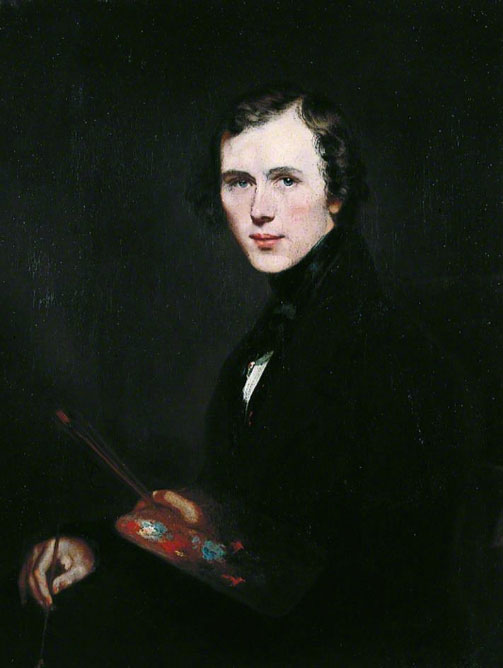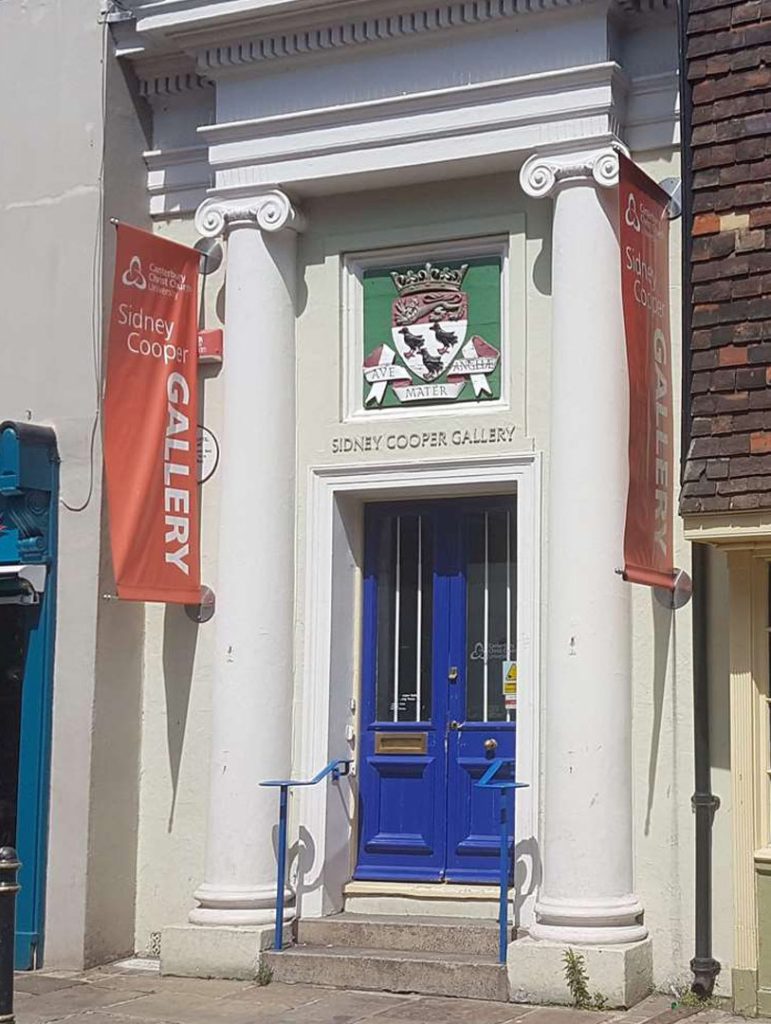A future for the Sidney Cooper building
A future for a Canterbury landmark
Built in 1868 by Thomas Sidney Cooper on the site of his birthplace, the gallery and art school offered free or affordable art education to generations of local people.


For more than a century it thrived as Canterbury’s home of creativity, before moving off site, and the building falling empty in 2020.
Our proposal is to secure the building from Canterbury City Council under the Community Asset Transfer scheme and create an Arts Centre and cultural beacon for the city.
Our plans
- A world class flexible gallery space for national and local exhibitions and annual art shows
- Studios and learning spaces for practical workshops and adult education classes from painting to photography
- Community and youth art programmes
- Artist residencies and scholarships
- Art projects and skills knowledge transfer with local educational partners
- A place to learn, talk and debate about the role of arts today
Our impact
- A new public space – an ‘arts town hall’ for the city – signposting and hosting commercial, community and education arts offerings in the city, helping catalyse a whole new Canterbury creative arts scene.
- A measurable contribution to the health, well-being and quality of life of the city
- Helping to revitalise the Westgate end of the High Street and the link at the back of the building with the Westgate Hall and Curzon Cinema
- A new income driver for local businesses and the visitor economy
Celebrating Canterbury’s heritage
By preserving the existing gallery building, and Sidney Cooper’s place of birth, we will be safeguarding an important Canterbury landmark.
We will help safeguard his legacy of artistic endeavour and education that characterise the city today.
And help magnify the impact and importance of the Cooper paintings collection, just a short walk away from the gallery in The Beaney Museum. We like to think that the ‘grand old man of art’ would be proud and pleased we were doing this for his city of birth.
Building history
The building as we see it today on St Peter’s Street, Canterbury’s ‘High Street’, was built/adapted in 1868 by Cooper, by now wealthy and famous. He purchased the house in which he had been born, to which he attached the portico we see from the street, and purchased all the buildings behind the frontage.
Cooper’s purpose was to establish a Gallery and School of Art to provide the tuition in art that he had never been able to afford. Both boys and girls were accepted, and the only charge was one penny to cover the cost of lighting and heat. His fellow Academician friends donated casts, statues and drawings for students to study and some donated their time to act as examiners, including Alma-Tadema, William Morris and Poynter.
Cooper donated the building to the city of Canterbury in 1882 on the condition that it be used in perpetuity for artistic purposes.
Mary Tourtel, creator and illustrator of the Rupert Bear books for children, was one of Cooper’s students. Cooper himself came regularly to teach, often staying late in the evenings to help those boys and girls who could not come during the day.
In the 1970s Cooper’s school became the Canterbury College of Art, attracting famous teachers such as Ian Dury and Michael Craig Martin. The college became too big for the building and moved in 1971 to a campus south of Canterbury, was incorporated into the new Kent Institute of Art and Design and then the University for the Creative Arts. The last tenant of the building in the city centre, Canterbury Christ Church University, vacated in 2020.
The new arts centre will also become a high-quality tourist attraction, complementing the Cathedral, Marlowe Theatre, The Beaney and other attractions. By encouraging visitors to stay longer in the city we can help increase tourism spend and support local hospitality businesses.
And our location in the high street next to the historic Westgate Tower, will help attract investment to that area of the city. It will catalyse a new arts quarter through linkages at the back of the building with the Westgate Hall and Curzon Cinema.
Our plans directly supports the aims of the Levelling Up funded work, and the current Council Local Plan and culture strategy in preparation, both of which aim to celebrate past history, attract new visitors and private investment, making the city a more beautiful and sustainable place to live, work, learn and visit, focused on the city’s rich heritage and culture.
A newly opened Gallery will hope to echo the success of Turner Contemporary in Margate and other regeneration arts-focussed projects across Kent and the South East, including Creative Folkestone, the Hastings Contemporary, The De La Warr at Bexhill and Towner in Eastbourne, which have balanced community need with national standard art shows to bring revenue to old town centres.


